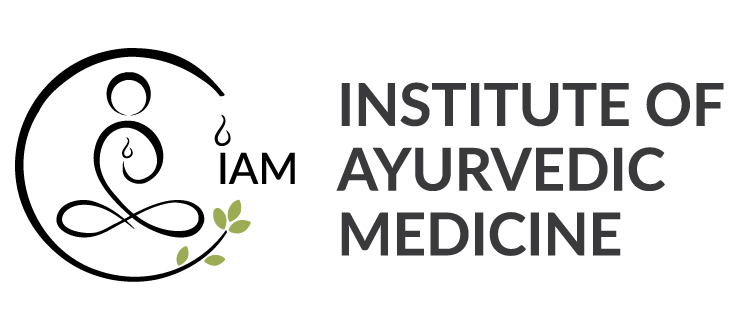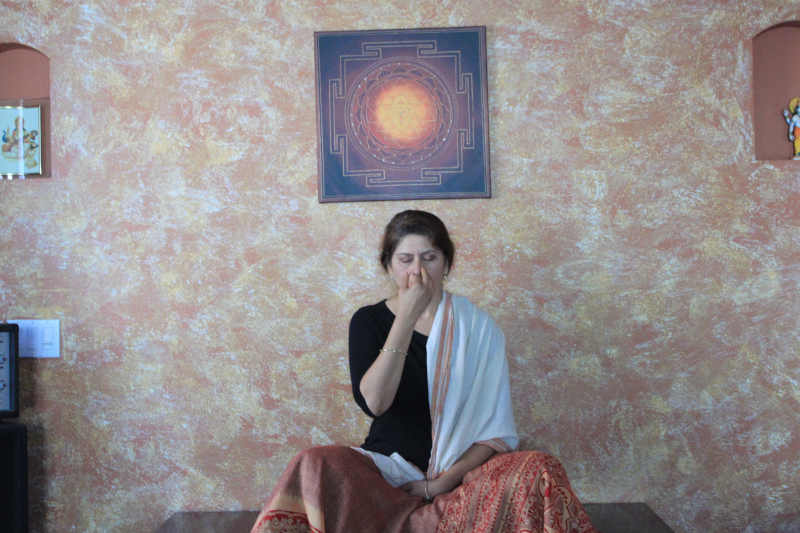By Alex Ruiz (IAM Intern)
At first thought, the idea of taking part in a pranayama class at 6:30am felt a bit discouraging as I am not used to waking up this early. Upon waking I decided to get up without checking my phone and then I washed my face and prepared to join this virtual pranayama session. Upon entering the virtual room I remember feeling as if I had just stumbled upon a new home because everyone in the room was very friendly and many people were talking amongst each other. As we got started with our class, I noticed a great sense of calm and awareness that is not typical of my busy mornings as a college student. Getting to enjoy the calm space this class provided without the interruptions of the various responsibilities I am accustomed to managing in my mornings felt very rejuvenating and peaceful. As Dr. Patel instructed us to focus on our breath and led us through some breathing exercises, I felt a great awareness emerge within myself that allowed me to truly feel present through a variety of my senses. I could feel my internal state become relaxed as my mind sharpened, I could hear the sounds of birds chirping outside my window and the leaves rustling in the wind, and I could feel changes in my body as my posture improved and as air moved in and out of my body.
One exercise that I found to be particularly interesting was the alternation of our breath from one nostril to the other. In this exercise we took our right thumb and placed it on our right nostril as we inhaled and exhaled through our left nostril. Next, we placed our index finger on our left nostril and released our right nostril from our thumb in order to breathe in and out. After repeating this exercise a couple of times, I found myself feeling at ease and even felt that my ability to breathe was enhanced. Upon researching this technique later, I found that the effects of this exercise are quite remarkable as they have been found to lower blood pressure, lower fear and anxiety, and in fact does improve breathing ability (WebMD Editorial Contributors, 2024).
While we progressed through the class, I noticed how much more focused I felt despite waking up at an earlier time of day than what I am used to. Any mental fog had cleared up and I even felt refreshed after the class ended and ready to tackle my day’s responsibilities. After researching more about what pranayama is after the class I came about some interesting findings and implications for health that I believe more people should know about. For one, pranayama has been shown to aid in the respiratory systems of individuals without any sort of physiological concerns as well as those with respiratory issues like asthma. Beyond the physiological support, pranayama was also found to aid in the fatigue, stress, and emotional wellbeing of those with cancer (Jayawardena et al., 2020).
Ultimately, given these findings, I find that pranayama is a practice worth implementing into any daily routine as it is a simple way of promoting wellbeing on a variety of levels and is something that can be done from the comfort of home. Furthermore, if you are lucky enough to find a community with whom to engage in this practice with, I believe it will further promote the sense of wellbeing that this practice has to offer as you will be surrounding yourself with those who are dedicated to enhancing their wellbeing as well. In the end, I am extremely grateful for having partaken in this practice and encourage others to also find time to invest in themselves by engaging in practices like this!

